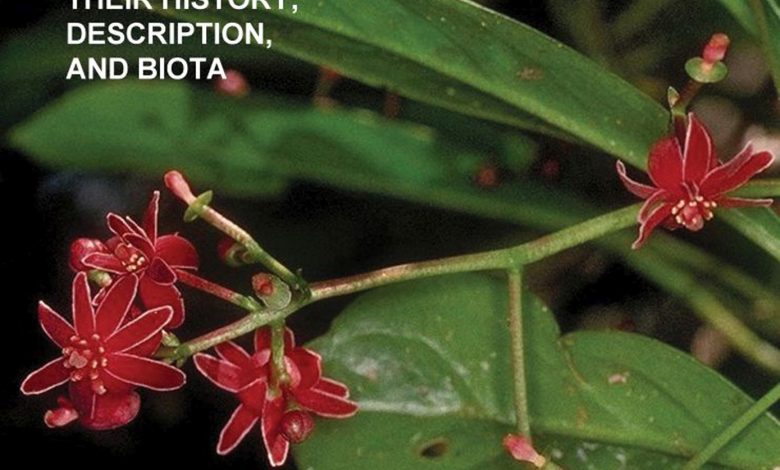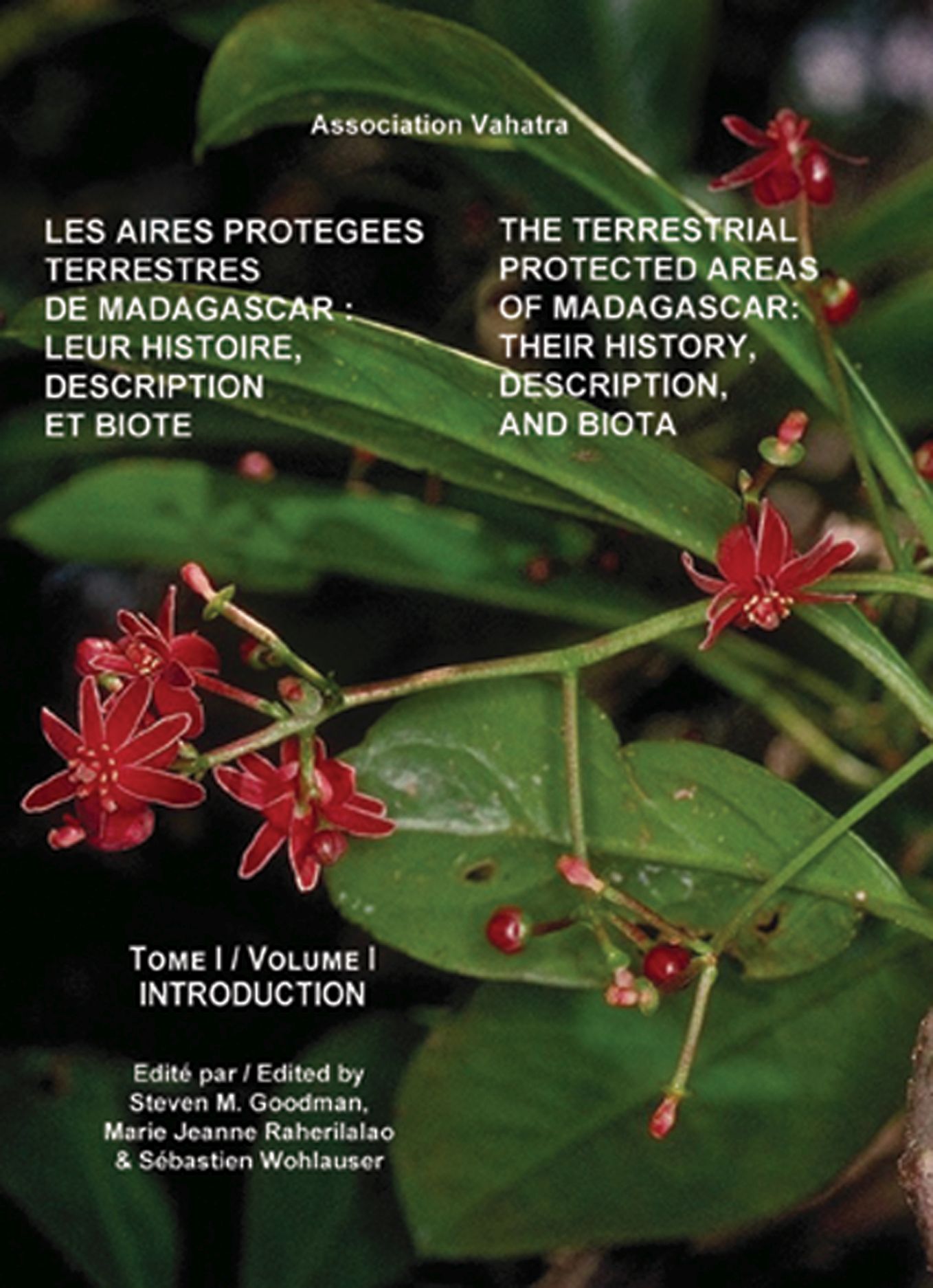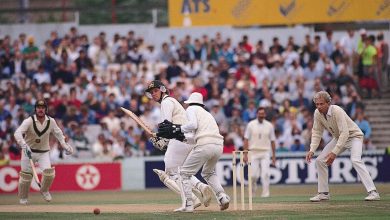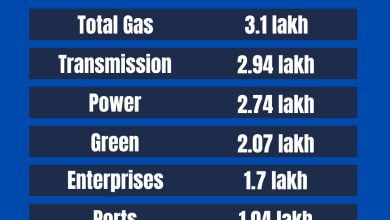Introduction And History of Madagascar: Unveiling the Island’s Legacy


Credit: www.researchgate.net
Introduction to Madagascar
Madagascar is an island nation in the Indian Ocean. It lies off the southeast coast of Africa. It is the fourth largest island in the world. Madagascar is famous for its unique wildlife and biodiversity.
The island is home to many species found nowhere else on Earth. Its landscapes are diverse, from rainforests to deserts. Madagascar’s culture is rich and varied, influenced by many different peoples.
The Early History of Madagascar
Madagascar was first settled by humans around 2,000 years ago. The first people likely came from Southeast Asia. They traveled across the Indian Ocean in small boats.
Later, African settlers arrived on the island. The two groups mixed and created a unique culture. The island’s early inhabitants were known for farming and fishing.
The Kingdoms of Madagascar
By the Middle Ages, several kingdoms had formed in Madagascar. The most famous was the Merina Kingdom. It was located in the central highlands.
The Merina kings expanded their control over much of the island. They built strong armies and formed alliances with European traders.

Credit: press.uchicago.edu
European Influence and Colonization
In the 16th century, Portuguese explorers reached Madagascar. They were followed by the French and the British. These Europeans traded with the local kingdoms.
In 1896, Madagascar became a French colony. The French built roads, schools, and hospitals. They also introduced new crops and industries.
Madagascar’s Road to Independence
In the 20th century, the people of Madagascar began to seek independence. They wanted to govern themselves and end French rule.
After many years of struggle, Madagascar gained independence in 1960. The first president of Madagascar was Philibert Tsiranana.
Post-Independence Era
After independence, Madagascar faced many challenges. There were political struggles and economic difficulties.
In 1975, a socialist government took power. They tried to improve the economy and reduce poverty. However, their policies were not always successful.
Modern Madagascar
Today, Madagascar is a democratic republic. The country has made progress, but it still faces many challenges.
The economy relies on agriculture, mining, and tourism. The people of Madagascar are working to build a better future.
Unique Wildlife of Madagascar
Madagascar is home to many unique animals. These include lemurs, chameleons, and the fossa.
The island’s wildlife is threatened by habitat loss and hunting. Conservation efforts are important to protect these species.
Culture and Traditions
Madagascar’s culture is a mix of African and Asian influences. The people speak Malagasy and French.
Traditional music, dance, and festivals are an important part of life. The Malagasy people are known for their hospitality and friendliness.
Frequently Asked Questions
What Is Madagascar Known For?
Madagascar is renowned for its unique biodiversity and exotic wildlife, including lemurs and baobab trees.
Where Is Madagascar Located?
Madagascar is an island nation situated in the Indian Ocean, off the southeastern coast of Africa.
How Did Madagascar Get Its Name?
The name “Madagascar” originated from medieval Latin and was popularized by the explorer Marco Polo.
Who Discovered Madagascar?
Madagascar was first settled by Austronesian peoples around 500 AD. Europeans first arrived in the 16th century.
Conclusion
Madagascar is a unique and fascinating country. Its history is rich and complex. The island’s people and wildlife make it a special place.
Understanding the history of Madagascar helps us appreciate its culture and challenges. It is a land of beauty and diversity, with a bright future ahead.




